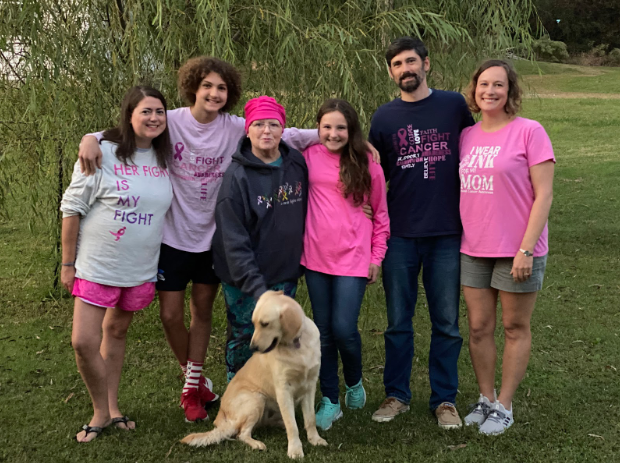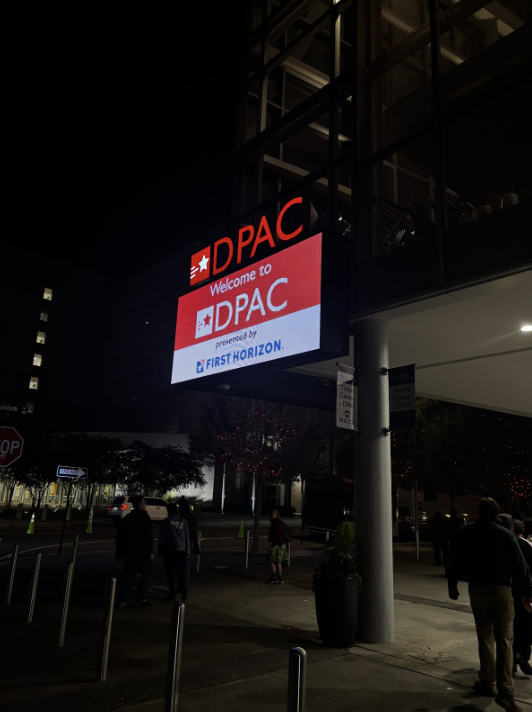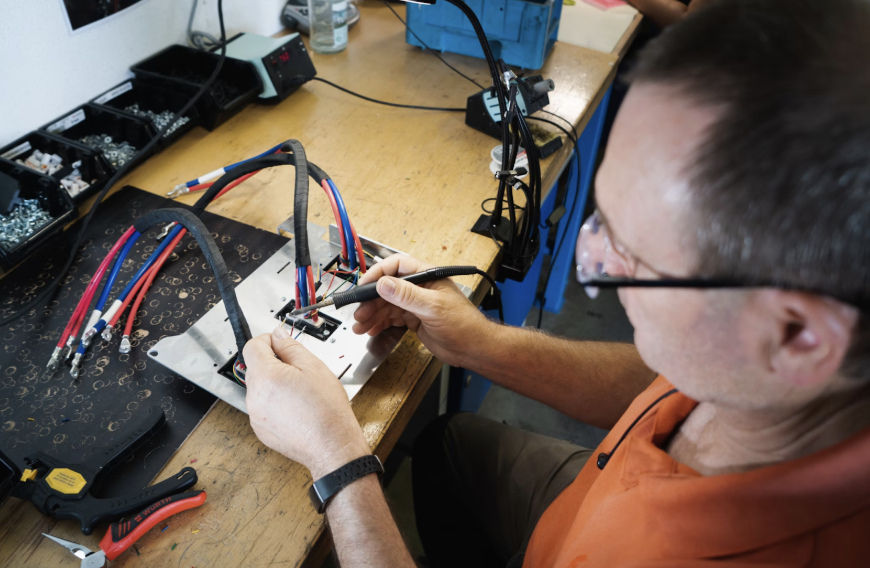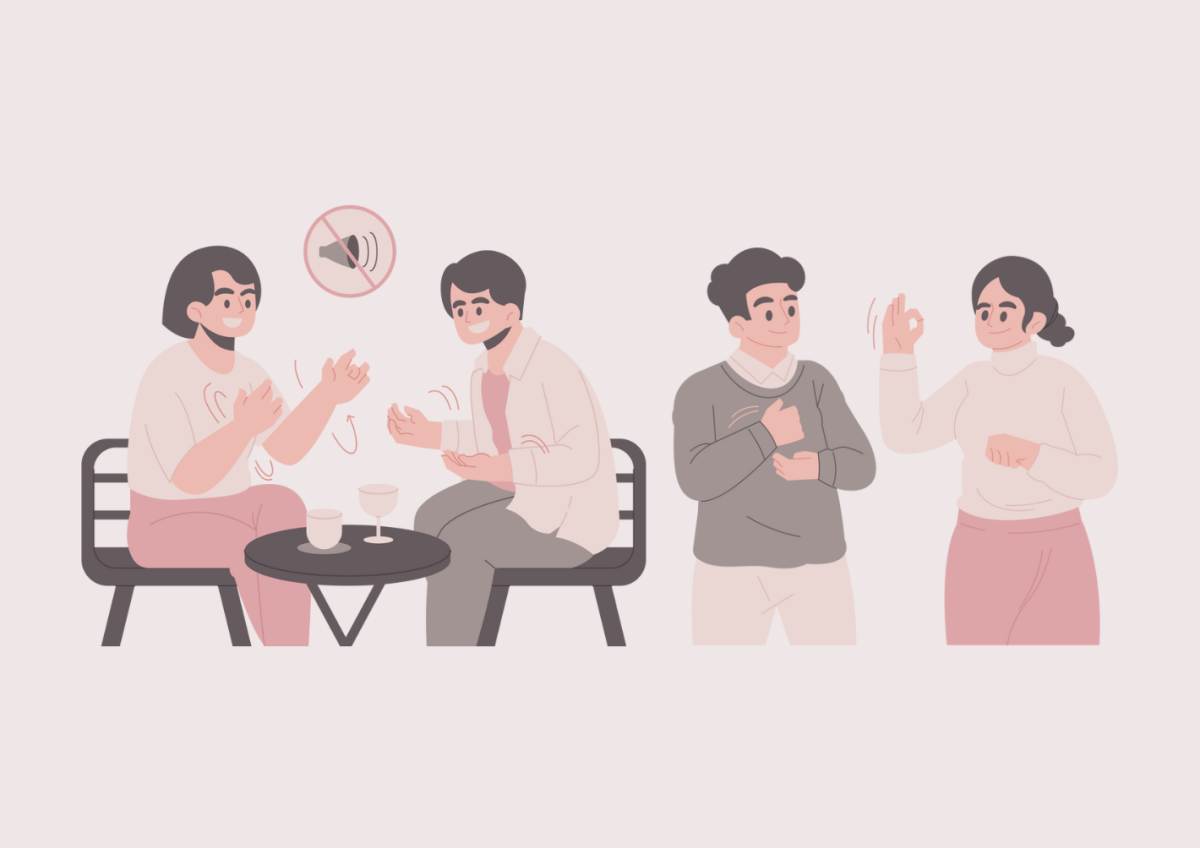About 3.6% of Americans consider themselves deaf or have serious difficulty hearing, 6.1% of the world’s population – of which 344 million are children – are disabled with hearing loss. 2-3 of every 1000 children are born with detectable hearing loss in either one or both ears. The average age for hearing loss is between 20 and 69 years, with men more prone to the disability than women. Hearing loss, which people are either born with or acquire over time, can be as a result of numerous different things. Age (presbycusis), genetics, ototoxic medications, infections, noise exposure and even trauma all contribute to deafness. Presbycusis is the main cause of hearing loss, worldwide; one in three people aged 65-75 years have irreversible hearing loss commonly caused by permanent changes in the inner ear as they get older.
Some are born with the disability while others, gradually, acquire it due to exposure to high noise levels, physical injuries to the head or due to infections which cause sensorineural hearing loss. Constantly being around loud people, music or environments damages inner ear hair follicles and the hearing nerve ultimately causing loss of hearing. Most causes of loss of hearing are due to irreparable damage in the inner ear which reduces the effectiveness of the hair cells that collect and relay information to the brain through the auditory nerves. Trauma, on the other hand, can cause damage to parts of the brain that process sound making it almost impossible to regain one’s ability to hear clearly.
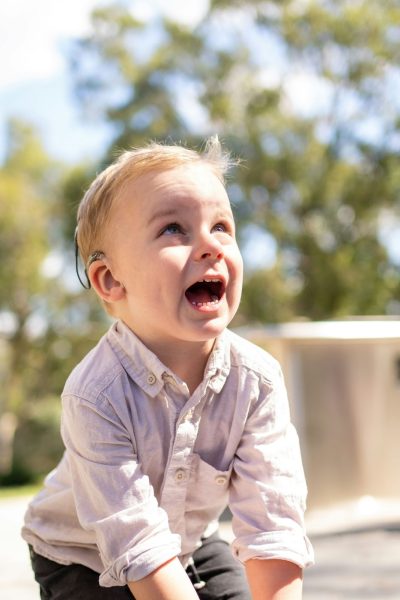
However, not every deaf person is stone deaf or entirely incapable of hearing. The often misconstrued disability actually falls on a broad spectrum: from mild, moderate, moderately severe, severe hearing loss to profound deafness. Individuals are considered to have mild to moderate hearing loss if they can only hear sounds between 30 and 55 decibels (dB), like refrigerator sounds or quiet library sounds. Moderate to severe hearing loss is if they hear sounds ranging from 56 to 70 dB like sounds from a washing machine or electric toothbrush, and severe hearing loss if sounds below 71 and above 90, like ambulance sirens or subway trains, are inaudible.
Society often places a blanket around all deaf people and assumes they all cannot hear completely when in reality they are not very different from the regular hearing people. Because of this, they experience audism – the belief that the ability to hear makes one person more superior than the next. Audism comes in many different forms with the main cases including jumping in to help a deaf person communicate, devoting more time than necessary to teaching a deaf student lip and speech therapy instead of other important subjects. Other instances are when one dismisses a deaf person when they ask why everyone around them is laughing or tries to be a part of the conversation. The gestures may seem small and unimportant at the time but they are delicate matters that should not be overlooked.
Just as people all over the world communicate in different languages, deaf people have their sign language which can be either American Sign Language (ASL), Chinese Sign Language (CSL), British Sign Language (BSL) and Indo-Pakistani Sign Language – the 151st most spoken language in the world. Deaf people use hand gestures and visuals to communicate with people around them. It’s considered to be communication by the use of bodily movements ranging from simple shrugs and nods to nuanced hand movements spelling out words and phrases. ASL is commonly used in America and around some parts of Canada. It is accepted in many US colleges and universities as a foreign language. In the US, more than half a million people communicate with ASL as their native language. It is the third most used language in the country, after English and Spanish.
In support of the deaf community people donate to deaf based charities, buy from deaf businesses and volunteer for deaf organizations. Deaf people are not inferior or less capable than the next person; they are as human as someone who is not deaf.




